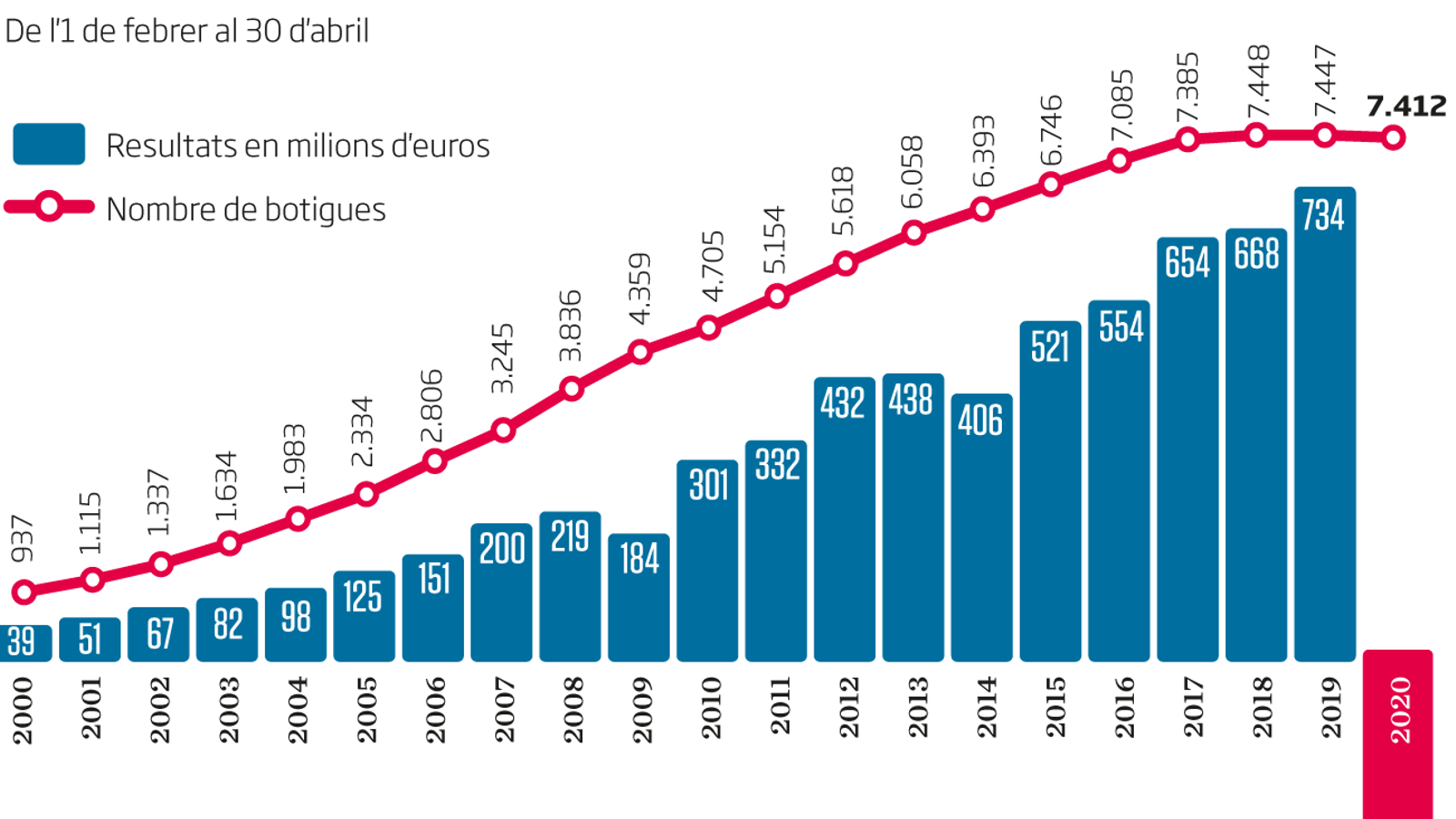 |
| Spanish police file from 1936 by Ramon Mercader del Rio (1914-1978) |
Lev Trotski, a Russian communist theorist and one of the leaders of the October Revolution of 1917, is mortally wounded with an ice ax by the Stalinist agent from Barcelona, Ramón Mercader del Río, at his home in Coyoacán, near Mexico City. He dies the next day. The NKVD agent, captured by his mother Caridad del Río - a fervent communist militant - never confessed his true identity
Lev Davidovich Bronstein (Trotsky was the surname of one of his jailers that he used for the first time, in 1902, in a false passport to escape from Siberia), prominent Russian communist theorist, one of the leaders of the October Revolution of 1917, brilliant The organizer of the Red Army during the civil war years, he lost to the cunning Stalin in the struggle to become Lenin's successor at the head of the Soviet Union. Deported to Kazakhstan in 1928 and exiled from the country in 1929, his exile was a pilgrimage through Turkey, France, Norway and, finally, Mexico, where he arrived in January 1937, thanks to the mediation of the Mexican muralist painter Diego Rivera. In reality, for the ideologue of the permanent revolution, exile and pilgrimage were inseparable companions of his political militancy.
 |
| Leon Trotsky with some friends, in Mexico |
Three years after arriving in Mexico, aware of the Stalinist threat, Trotsky was practically secluded in a village in Coyoacán, a suburb of Mexico City. The residence, known as the blue house, owned by the family of the painter Frida Kahlo, had been fortified, especially since May 24, 1940, when a group of almost twenty men, led by the Mexican painter David Siqueiros, attacked the villa in a crude attempt on Trostsky's life. Only one grandson of the revolutionary was slightly wounded in the foot by a ricocheted bullet, of the two hundred who fired wildly at the blue house.
But scarcely three months later, on Tuesday August 20, a young Canadian sympathizer, Frank Jackson, boyfriend of Sylvia Ageloff, sister of one of Trotsky's secretaries, a sporadic visitor to the village in recent months, managed to get into the office. of Trotsky with the excuse that he reviewed the draft of an article on the fourth international. Within minutes, a heartbreaking scream alerted the two bodyguards who stormed into the room. Trotsky, his face covered in blood, desperately clung to Jackson to avoid another mortal blow with the shortened-handled ice ax carried by the assailant. He was arrested - a pistol was also found on him, although it is assumed that he chose the silent ice ax in the hope of escaping. Brutally beaten by bodyguards, only the intervention of the communist leader saved his life "don't kill him, he has a story to tell."
 |
| Ramon Mercader in a hospital in Mexico City, after the attack. |
Ramón Mercader del Río
Frank Jackson's false identity lasted for hours after the attack. Sylvia Ageloff herself knew the alleged real identity of her boyfriend: that of Jacques Monard, the son of a Belgian diplomat who, to escape military service, took a false identity to move to America. Under the name of Jacques Monard, he was tried and sentenced despite serious doubts about his identification. He gave a version as detailed as it was suspicious and Belgian diplomats assured that, although he spoke perfectly French, and had undoubtedly been in Belgium, he did not seem to be a native of that country. Neither did some of the Catalan exiles, who later accepted that they had recognized him, reported his real name to the authorities or the press, out of fear or ideological affinity.
Twelve years later, a Mexican criminalist, Alfonso Quiroz, revealed that Trotski's murderer was actually Ramón Mercader del Río, from Barcelona. The definitive data of his investigation were Ramón's fingerprints taken by the Spanish police when he was arrested in Valencia in 1934. They coincided one hundred percent with the Monard ones.
Ramón Mercader was the son of the spy and communist agent Caridad del Río, daughter of Spanish diplomats, born in Santiago de Cuba, who had returned to Barcelona after the loss of the colony. In 1911 she married the industrialist Pablo Mercader and they had five children. But the placid and bourgeois life did not marry Caridad del Río, she frequented anarchist environments and allowed herself to be fascinated by the sexual liberation of the 1920s. The family locked him up in a mental hospital, but he escaped to the south of France with his children behind an attractive French aviator who years earlier had crash-landed on Mercader property. In France she came into contact with the communist movement, became a fervent militant and an effective agent for Moscow.
 |
| Caridad del Rio, mother of Ramon Mercader |


















